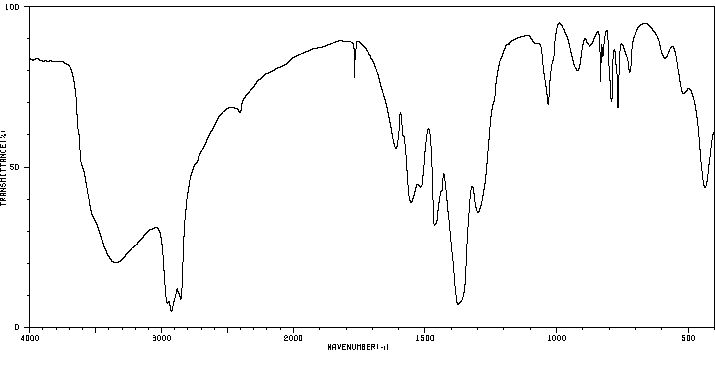毒理性
识别和使用:锆硝酸盐是一种白色吸湿性晶体。它被用作试剂和防腐剂。此外,它还用于在阴极射线管生产中,在玻璃表面涂抹磷光照片粘合剂之前的预涂层。锆硝酸盐已被识别为在液压致裂中作为交联剂使用。人类暴露和毒性:没有找到关于这种化学物质的人类研究。动物研究:锆硝酸盐具有相对较低的急性毒性LD50(大鼠口服2290毫克/千克)。在活体测试中,锆硝酸盐在减少大鼠肝脏和股骨对(144)铈的保留方面是6种锆化合物中最有效的。没有任何一种影响胫骨或股骨对锶的保留。在体外,锆硝酸盐在0.53 mM浓度下对淀粉酶活性产生轻微抑制作用,在0.7 mM浓度下对酵母转化酶产生20%的抑制作用,在0.9 mM浓度下对血清碱性磷酸酶产生50%的抑制作用,但在1 mM浓度下对胰蛋白酶没有抑制作用。在所使用的锆浓度下,这些酶产生的相对较低的抑制效果表明锆对这些特定酶没有特异性影响。
IDENTIFICATION AND USE: Zirconium nitrate is a white hygroscopic crystal. It is used as a reagent and preservative. Also, it is used in pre-coatings applied on glass surfaces before the application of phosphor photo binder in the production of cathode-ray tubes. Zirconium nitrate has been identified as being used in hydraulic fracturing as a cross linker. HUMAN EXPOSURE AND TOXICITY: No human studies were found for this chemical. ANIMAL STUDIES: Zirconium nitrate has relatively low acute toxicity LD50 (rat oral 2290 mg/kg). Tested in vivo, zirconium nitrate was the most effective of 6 zirconium compounds in decreasing retention of (144) Cerium by liver and femur of rats. None affected strontium retention by tibia or femur. In vitro zirconium nitrate produced a slight inhibition of amylase activity at 0.53 mM concentration, a 20% inhibition of yeast invertase at 0.7 mM, and a 50% inhibition of serum alkaline phosphatase at 0.9 mM, but no inhibition of trypsin at 1 mM concentration. The rather low inhibitory effects produced on these enzymes at the zirconium concentrations used indicate no specific effect of zirconium on these particular enzymes.
来源:Hazardous Substances Data Bank (HSDB)







